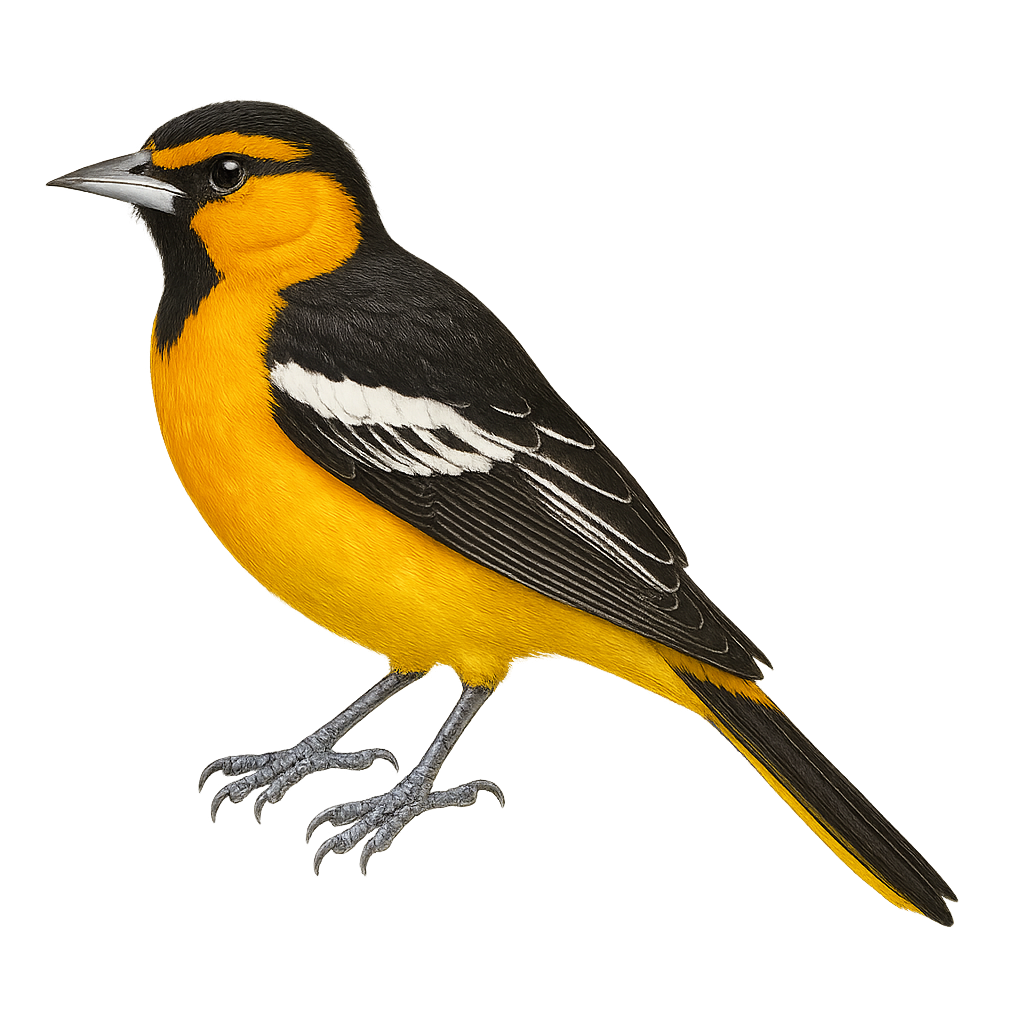Your wildlife photography guide.
Explore the bullock's oriole in detail, study its behavior, prepare your shots.
Where to observe and photograph the bullock's oriole in the wild
Learn where and when to spot the bullock's oriole in the wild, how to identify the species based on distinctive features, and what natural environments it inhabits. The WildlifePhotographer app offers tailored photography tips that reflect the bullock's oriole’s behavior, helping you capture better wildlife images. Explore the full species profile for key information including description, habitat, active periods, and approach techniques.
Bullock's Oriole
Scientific name: Icterus bullockii

IUCN Status: Least Concern
Family: ICTERIDAE
Group: Birds
Sensitivity to human approach: Suspicious
Minimum approach distance: 10 m
Courtship display: May to June
Incubation: 12-14 jours
Hatchings: May to July
Habitat:
Deciduous forests, orchards, riparian areas
Activity period :
Primarily active during the day, with peak activity in the morning and late afternoon.
Identification and description:
The Bullock's Oriole is a colorful songbird found primarily in the western United States. It is easily recognizable by its bright plumage: males display a striking mix of black, bright orange, and white, while females are more subdued with shades of yellow and gray. This bird prefers open habitats such as deciduous forests, orchards, and riparian areas. It feeds mainly on insects, fruits, and nectar. During the breeding season, the Bullock's Oriole builds hanging nests in trees, often at the tips of branches. Although its song is melodious, it is often difficult to spot due to its wary behavior.
Recommended lens:
400mm – adjust based on distance, desired framing (portrait or habitat), and approach conditions.
Photography tips:
To photograph the Bullock's Oriole, it is recommended to use a telephoto lens of at least 400mm to capture precise details without disturbing the bird. Look for it in deciduous forests or near water bodies, where it is often active during the day. Be patient and discreet, as this bird can be wary. Use a tripod to stabilize your camera and wait for it to perch on an open branch to get sharp and well-lit shots.
The WildlifePhotographer App is coming soon!
Be the first to explore the best nature spots, track rutting seasons, log your observations, and observe more wildlife.
Already 1 431 wildlife lovers subscribed worldwide

